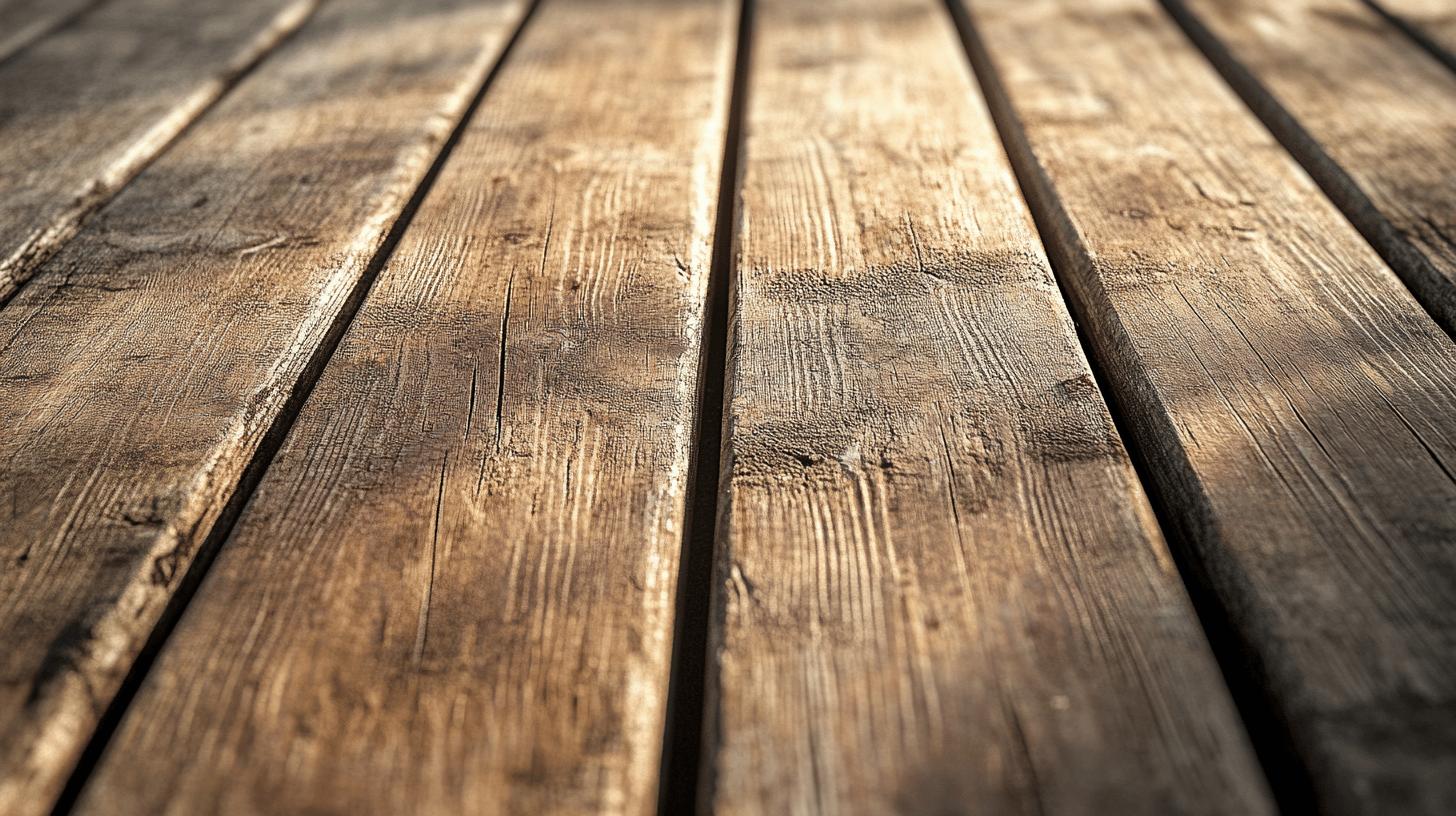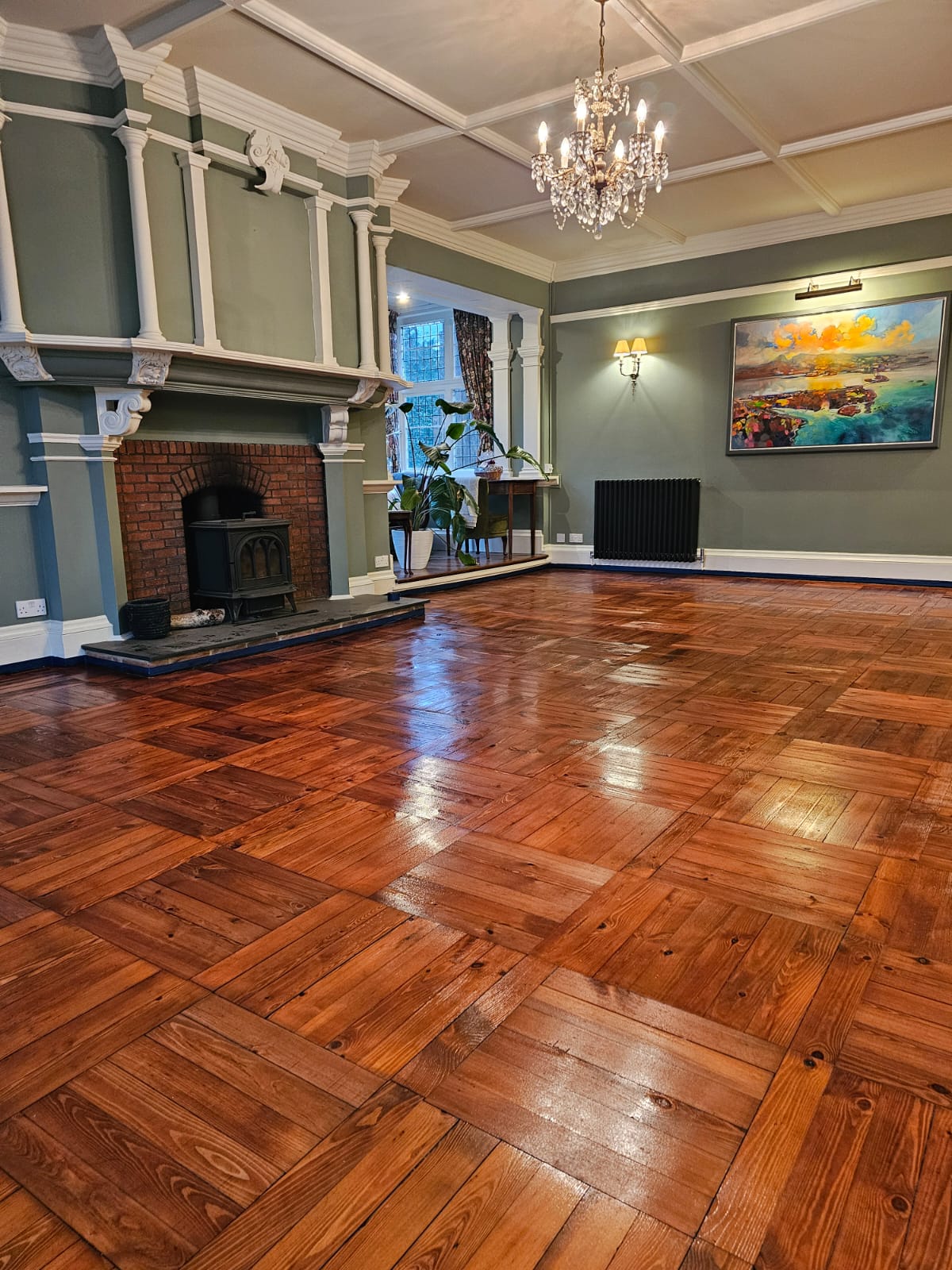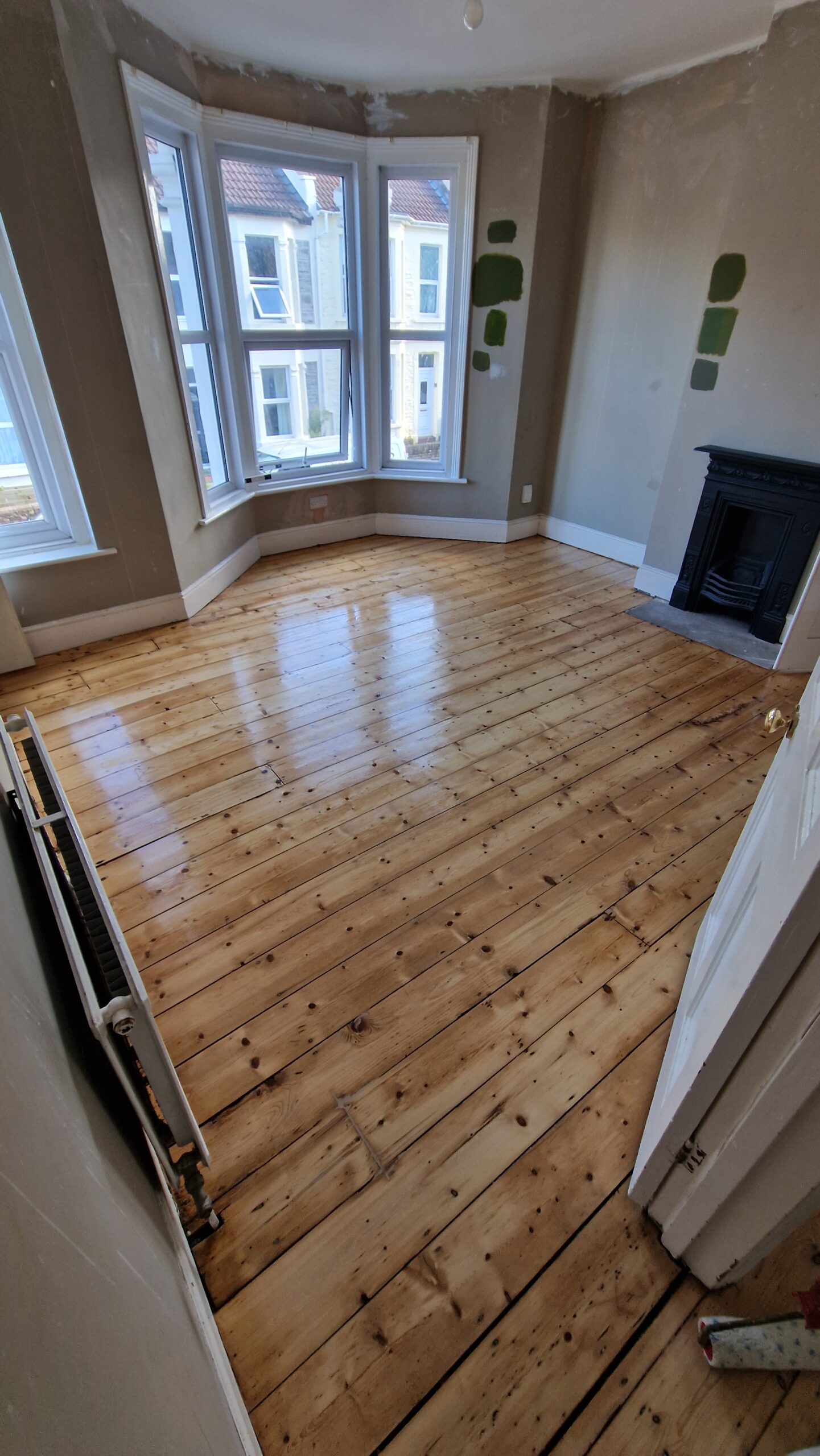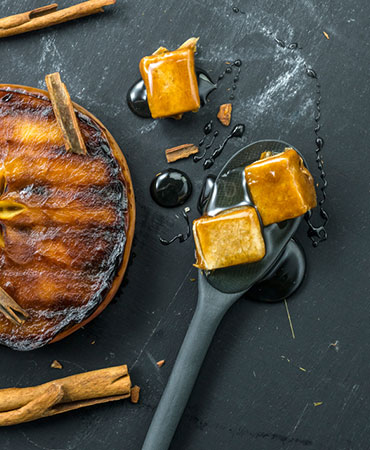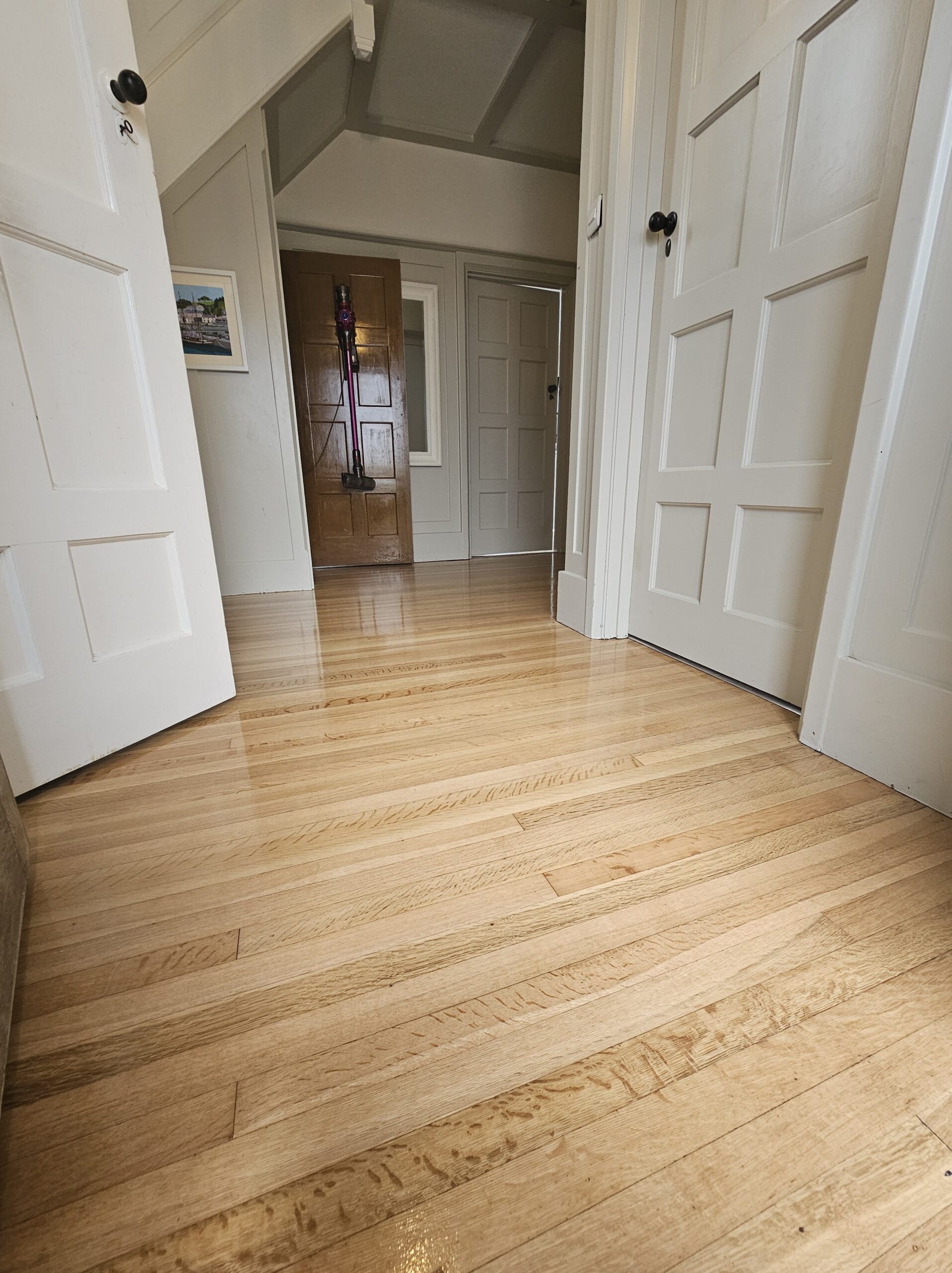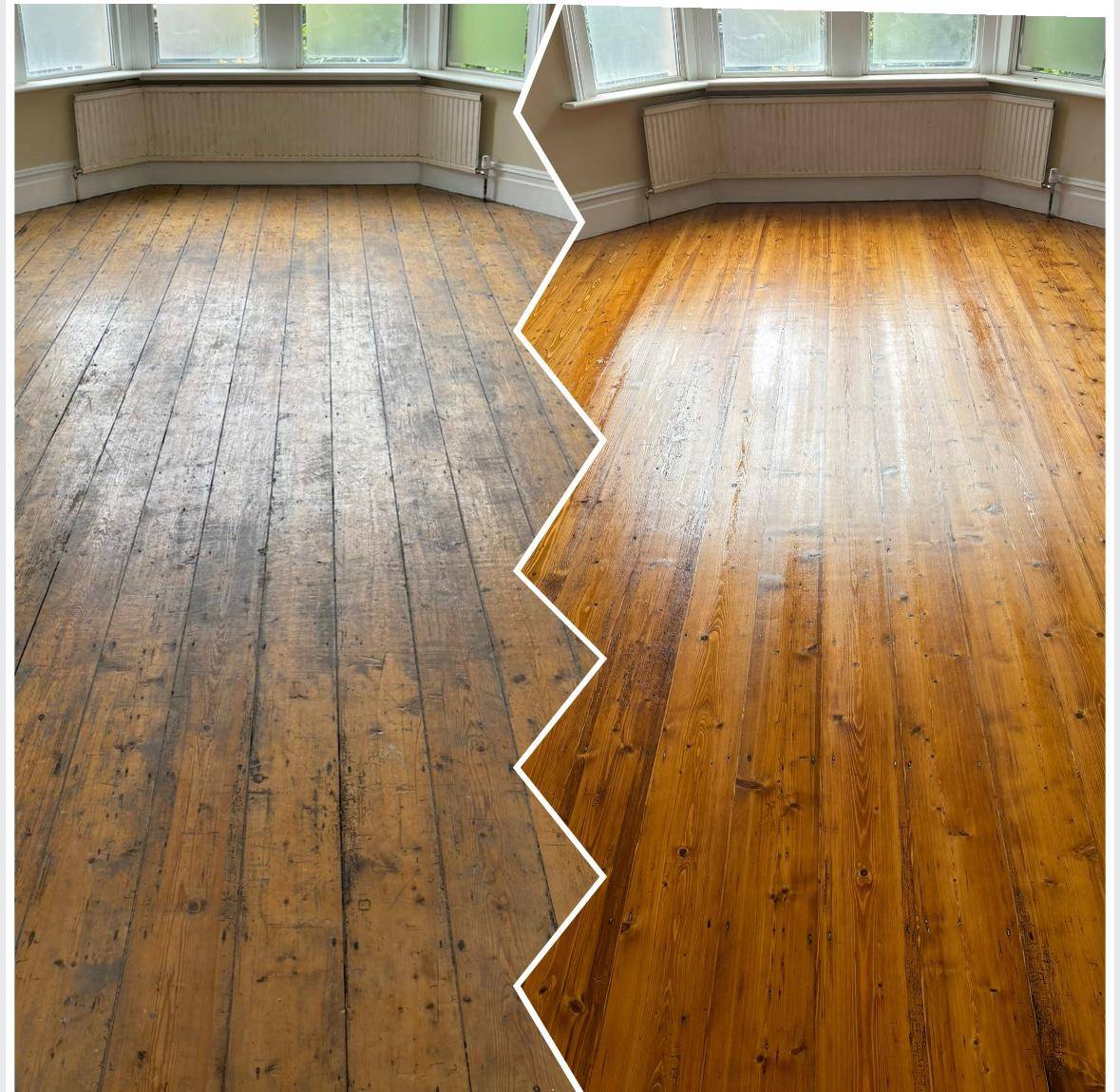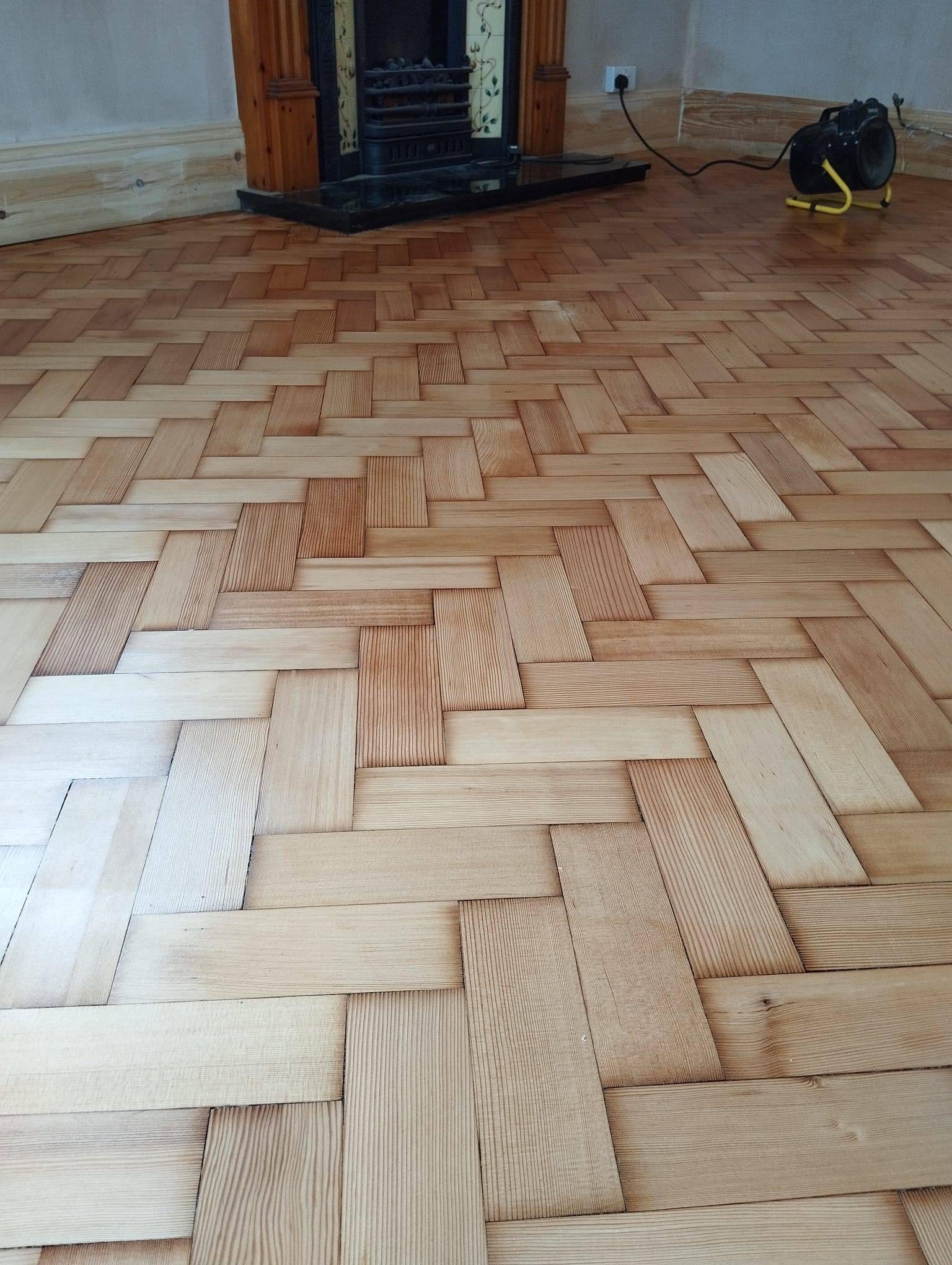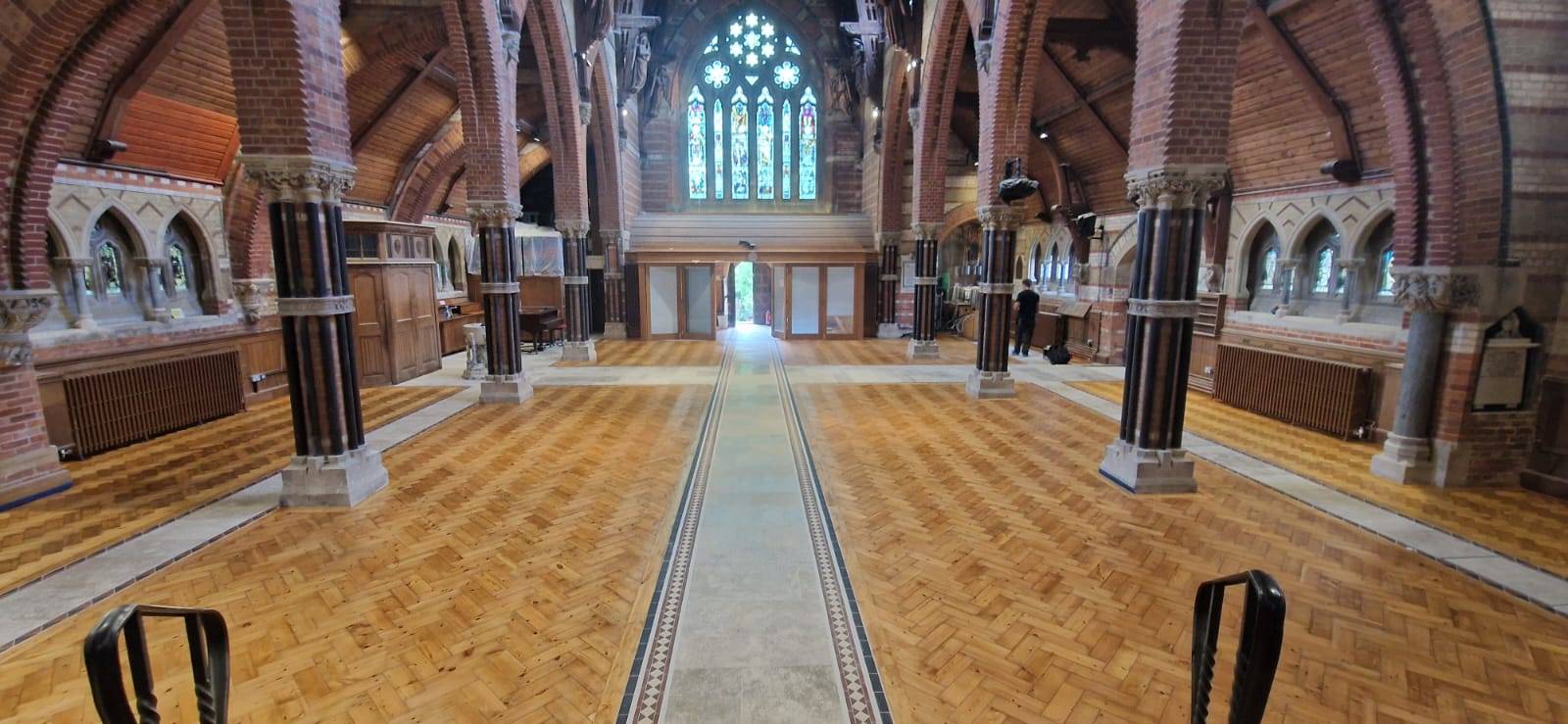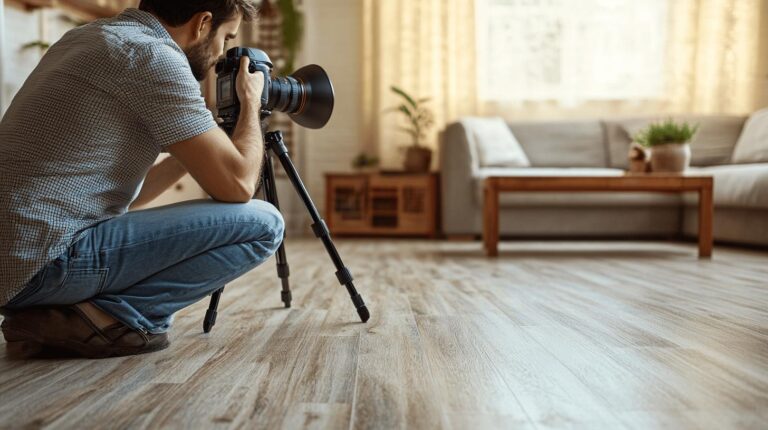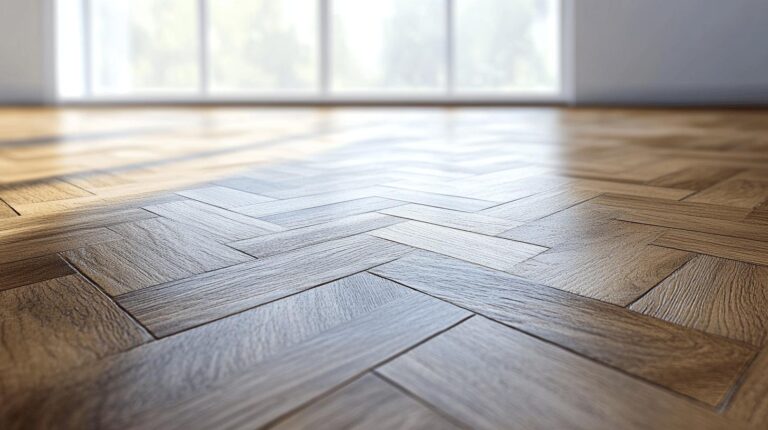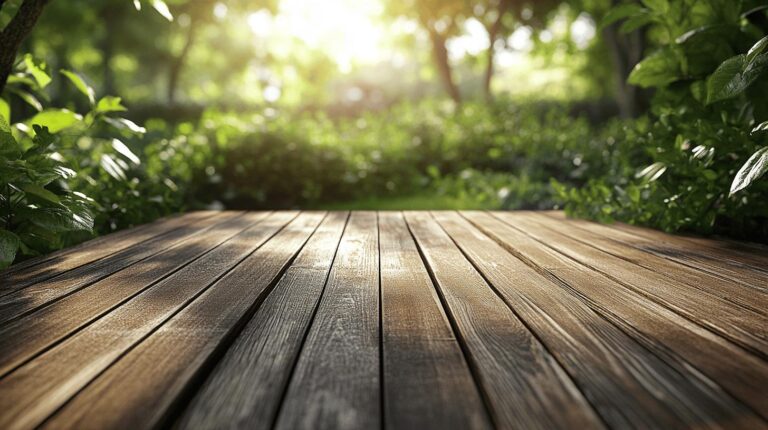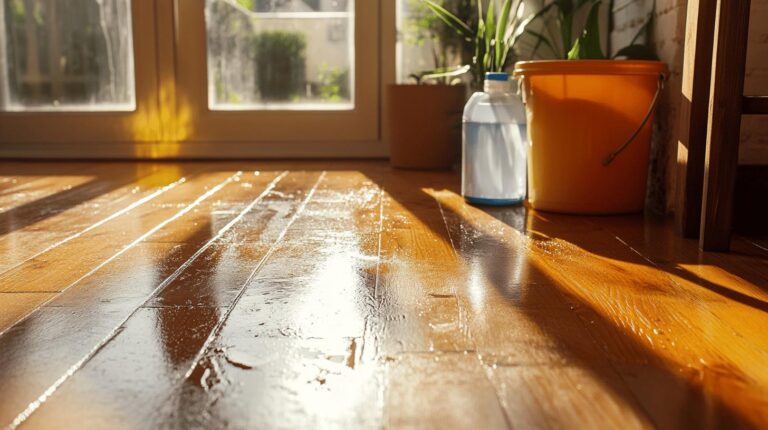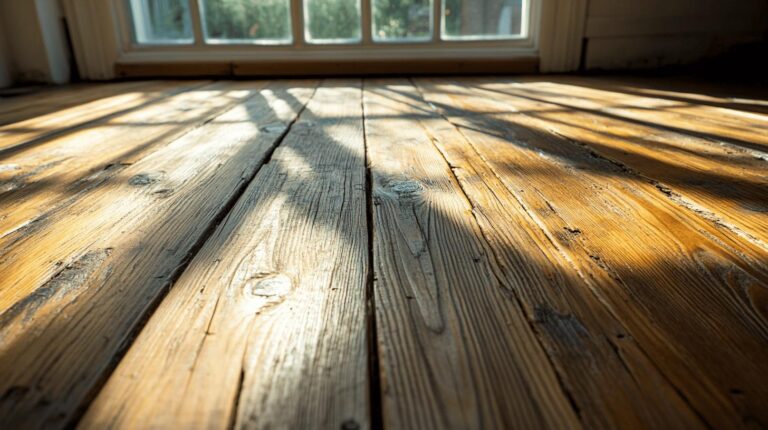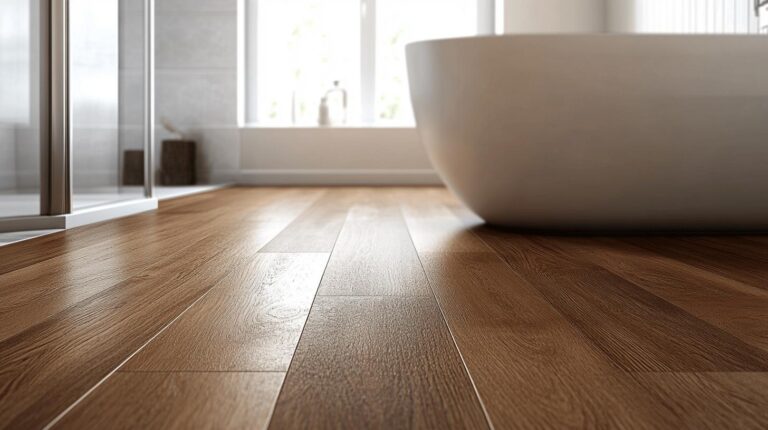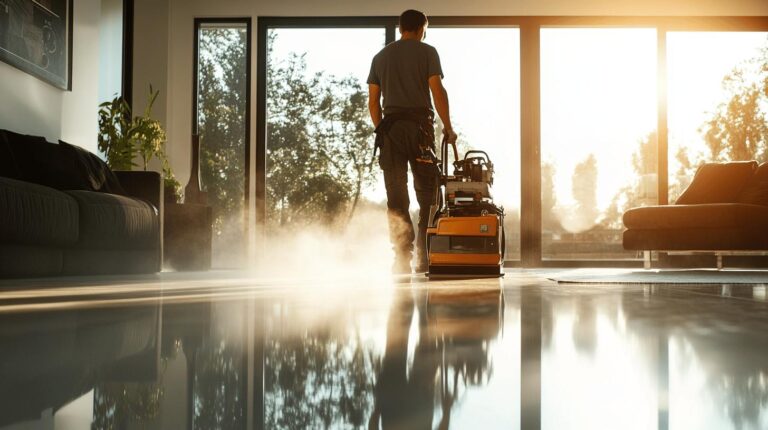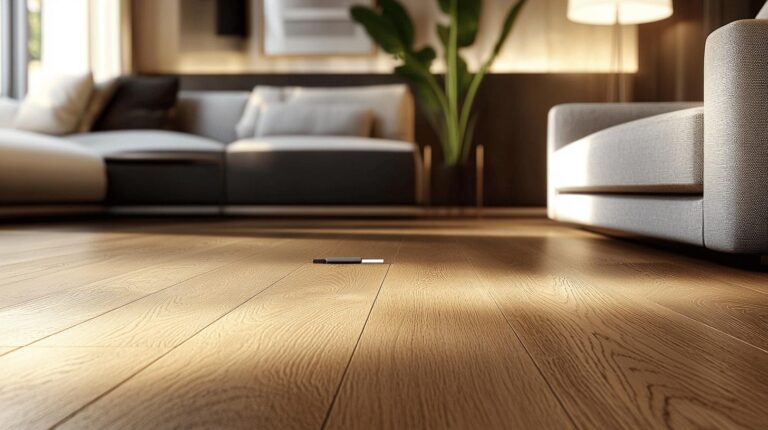Have you ever noticed how a piece of wood you’ve kept outside seems to change hues over time, transforming from bright and vibrant to something more subdued? The culprit is often the invisible yet powerful force of ultraviolet (UV) light from the sun, which alters wood in surprising ways. This natural phenomenon is not mere discolouration; it is a complex interplay of UV radiation breaking down and modifying compounds within the wood, particularly lignin. In this article, Ryan’s Restoration delves into the science behind UV-induced colour changes, exploring how different wood species react to prolonged exposure and what this means for your flooring.
Understanding UV-Induced Colour Changes in Wood
Ultraviolet (UV) radiation from the sun is a primary factor in altering the appearance of wood, causing notable colour changes over time. When wood is exposed to UV light, its surface undergoes a chemical transformation, primarily affecting components such as lignin. Lignin, a complex organic polymer found in the cell walls of wood, is particularly susceptible to UV radiation. As UV light penetrates the wood, it breaks down the lignin, leading to a change in colour. Some wood species may darken, while others might lighten or develop a patina. The extent of these changes can vary significantly depending on the wood type, its environment, and the duration of UV exposure.
- Cherry – Transitions from light brown or pinkish to medium brown with red undertones.
- Oak – Generally darkens, developing a richer, deeper hue.
- Maple – Tends to yellow or become more amber over time.
- Beech – Experiences medium changes, with orange hues fading to amber.
- Mahogany – Darkens to a more profound, reddish-brown shade.
.
The chemical processes involved in UV-induced colour changes are complex, with lignin breakdown being a central component. As UV light interacts with lignin, it alters its structure, leading to a loss of colour and the eventual transformation of the wood’s surface appearance. This photochemical reaction is a natural process that varies among wood species, contributing to the unique character and ageing of each type of wood.
The Role of Photosensitivity and Photochemical Reactions
Photosensitivity in wood refers to its natural tendency to change colour upon exposure to light, particularly ultraviolet (UV) light. This process is a result of photochemical reactions that alter the wood’s surface appearance over time. The degree of photosensitivity varies among different wood species, with some undergoing significant colour transformations. For instance, beech wood is known for its medium colour changes, where its original orange hues gradually fade, resulting in a more amber appearance. This phenomenon is not limited to beech but is common across various wood types, each reacting uniquely to light exposure.
Examples of Photosensitive Woods
- Beech – Experiences medium colour changes, fading from orange to amber.
- Cherry – Darkens from a light pinkish tone to a deeper reddish-brown.
- Mahogany – Develops a richer, darker hue over time.
.
The photochemical reactions responsible for these colour changes primarily involve the interaction of UV light with lignin and other compounds within the wood. Lignin, a crucial structural component, is particularly susceptible to UV-induced breakdown. When exposed to UV light, lignin’s chemical structure is altered, leading to the changes in colour that contribute to the unique ageing process observed in different wood species. These reactions highlight the intricate balance between the natural characteristics of wood and environmental influences, shaping its aesthetic and functional attributes over time.
Impact of UV Exposure on Different Wood Species
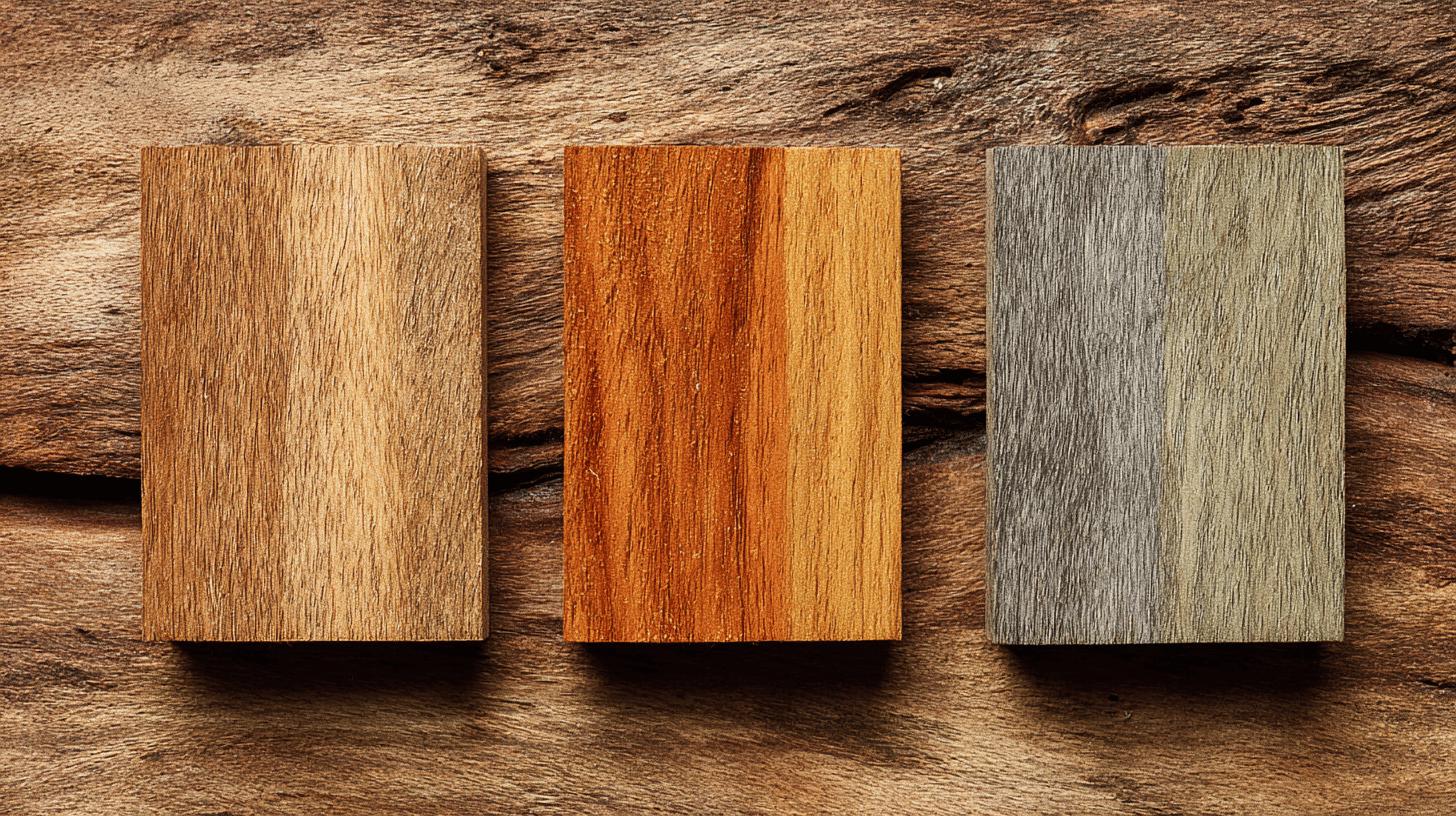
Ultraviolet (UV) radiation has a profound impact on timber, causing various degrees of colour transformation depending on the wood species. As UV light penetrates the surface, it interacts with components like lignin, leading to changes in appearance. Some species, like cherry, oak, and maple, exhibit particularly noticeable transformations. Cherry wood, for example, shifts from a light brown or pinkish hue to a medium brown with red undertones. This natural process is an essential consideration for both domestic and commercial flooring projects.
Hardwood vs Softwood Reactions to UV Exposure
Hardwoods and softwoods respond differently to UV radiation. Hardwoods, such as cherry and oak, often undergo significant darkening. Cherry transitions to a deeper brown, while oak develops a richer hue. On the other hand, softwoods may not experience as drastic changes, but they can still be affected by prolonged exposure. Understanding these differences is crucial for selecting the appropriate wood for specific environments and uses.
The reactions to UV exposure vary significantly between species, highlighting the importance of considering both the type of wood and the intended use when selecting materials. Hardwoods typically experience more dramatic changes, whereas softwoods might lighten or develop a subtle patina. These differences underscore the need for strategic planning in wood floor restoration and installation to maintain desired aesthetics over time.
Preventative Measures and Protective Finishes
UV protection is essential in preserving the aesthetic and structural integrity of wood. Without it, ultraviolet radiation can cause significant discolouration and degradation. Employing UV protection methods not only maintains the visual appeal of wood floors but also extends their lifespan. Protective coatings for wood, such as UV-blocking finishes, are specifically designed to absorb or reflect harmful UV rays, thereby reducing their impact. These coatings form a barrier that prevents the breakdown of lignin and other wood components, which are primarily responsible for colour changes. Additionally, integrating shades, blinds, or window films can significantly reduce direct sunlight exposure, further mitigating potential UV damage.
- UV-blocking finishes
- Window films
- Shades
- Blinds
- Use of furniture and rugs to shield surfaces
- Solar screens
.
Regular maintenance and cleaning are pivotal in preserving the appearance of wood floors. By maintaining a consistent cleaning schedule, dust and debris that could potentially scratch or wear down protective finishes are removed. This routine helps sustain the effectiveness of UV-blocking coatings, ensuring that they continue to provide optimal protection. Moreover, occasional reapplication of these finishes is recommended to replenish their protective qualities. Through diligent care and the use of protective measures, wood floors can retain their beauty and durability, even in the presence of UV exposure.
Modern Innovations in Wood Protection
Technological advancements have transformed wood protection, particularly against UV damage, through the development of innovative finishes and coatings. UV-resistant finishes now incorporate advanced polymers and additives that reflect or absorb ultraviolet radiation, preventing it from penetrating the wood surface.
These finishes enhance both the durability and aesthetics of wood by reducing discolouration and preserving the original tone. Furthermore, nanotechnology is being employed to create coatings that are thinner yet more effective, offering robust protection without altering the natural appearance of the wood. These advancements ensure that wood retains its beauty and structural integrity even in environments with high UV exposure, making them essential in both commercial and domestic applications.
Eco-friendly solutions have also gained prominence, with options like solar shades and energy-efficient blinds leading the charge. These solutions contribute to energy savings by reducing the need for artificial cooling while shielding wood surfaces from direct sunlight. Solar shades, for instance, are designed to block UV rays while allowing natural light to filter through, creating a balance between protection and illumination. Similarly, energy-efficient blinds help in regulating indoor temperatures and protecting wooden elements from UV damage, aligning with sustainable practices and reducing the carbon footprint of buildings.
Future Trends in Wood Protection
Future innovations in UV protection technologies are anticipated to focus on increased sustainability and the integration of smart technology. Developments may include intelligent coatings that adjust their properties based on sunlight intensity and further advancements in eco-friendly materials that provide superior protection without compromising environmental values.
Final Words
Understanding the science of colour change caused by UV light provides valuable insights into wood transformation over time. This exploration highlights the impact of ultraviolet radiation, which alters wood’s appearance by affecting its lignin and other compounds. Recognising differences in photosensitivity among wood species like cherry, oak, and maple underscores the transformative power of UV exposure.
Protective measures and innovations offer effective solutions for preserving wood beauty and longevity. By exploring advancements in protective finishes and eco-friendly solutions like solar shades, owners can enhance their wood’s durability. The Science of Colour Change: How UV Alters Wood Over Time reveals the complex interactions at play and underscores the importance of informed choices in wood care and protection.
Protect with UV-resistant sealers → Wood Floor Sealing
FAQ
How does UV affect wood?
Ultraviolet light from the sun alters wood’s colour by breaking down lignin, causing discolouration. Different wood species react differently to UV exposure, with some becoming darker and others developing a patina.
How does wood change colour over time?
Wood changes colour over time through a process called photosensitivity, where light exposure, especially UV light, triggers a photochemical reaction. This process varies by wood type, affecting the wood’s appearance.
How does UV colour changing work?
UV radiation causes a chemical reaction in wood, primarily breaking down lignin and altering other wood compounds. This photochemical reaction results in various degrees of discolouration, depending on the wood species.
Does UV darken wood?
Yes, UV exposure often darkens wood, although some species may lighten or develop unique colourations. Cherry wood, for instance, transitions from light brown to deeper, reddish-brown tones after prolonged UV exposure.
